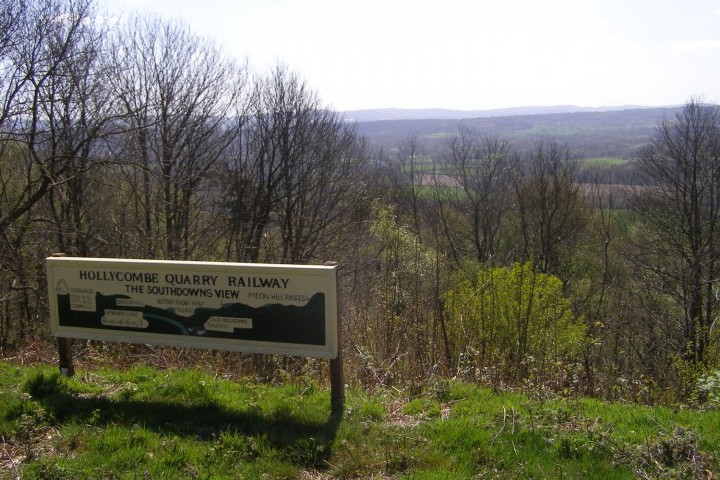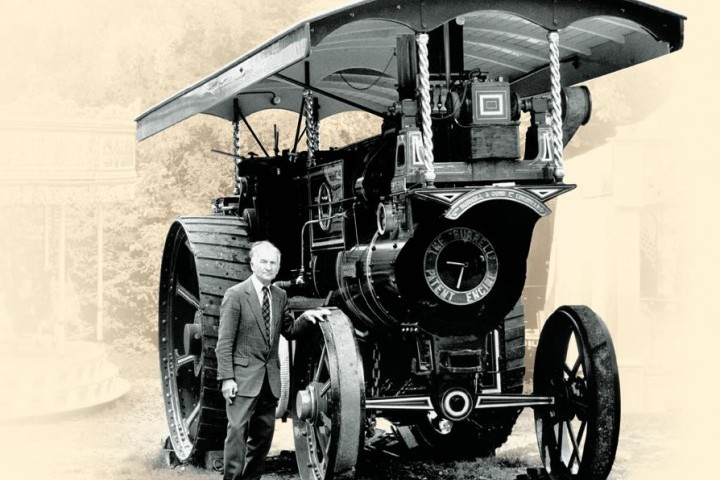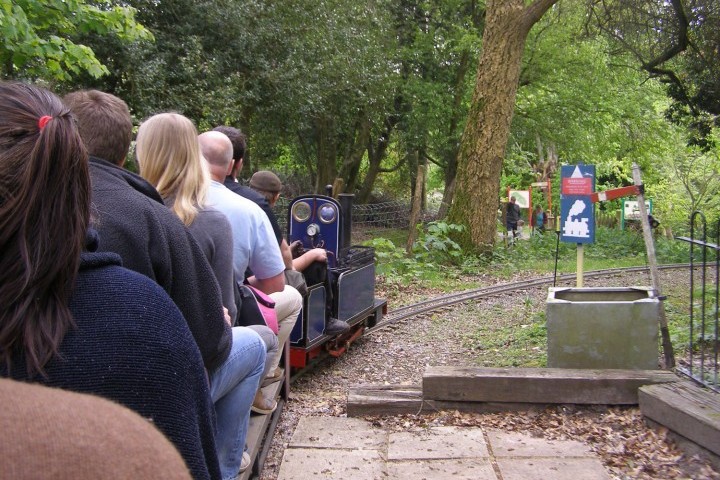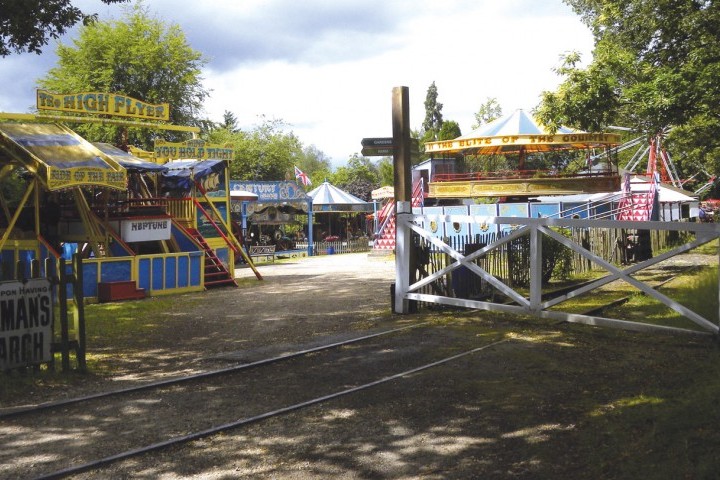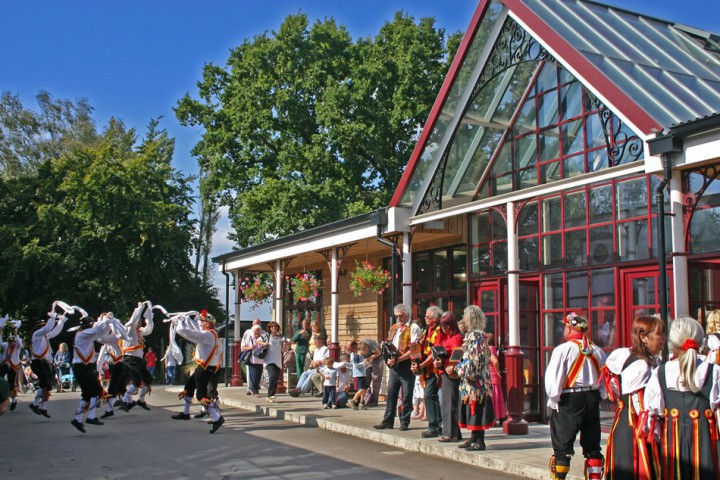Future Education
Further applications to the HLF resulted first in a grant to erect a building in which the fairground rides can be stored during the winter period (the green building beyond the Quarry Railway), and, more recently, a grant to improve the educational facilities available at Hollycombe to enable the history of steam power in a rural setting to be told.
Without history there is no future and, although steam as a major source of power has gone out of favour after 250 years, it is still the way in which the majority of electricity in the United Kingdom is generated, as well as being important in many industrial processes. However, here at Hollycombe, it is the various uses to which steam power was used in the countryside that we focus on.
The HLF grant has enabled Hollycombe’s educational and visitor facilities to be modernised and, more than 45 years after Hollycombe first opened, we continue to look forward to the exciting challenges which lie ahead, while remembering the achievements of the past.
